Figurings takes inspiration from character-based written languages. The individual characters have their own pronunciations and several meanings, yet they combine to form nuanced words within a grammatical structure. To write the piece, I designed a pictographic notation of various multi-faceted musical figures. The music “figures out” these sonic characters as one might learn a sentence in a foreign language. Each syllable is pronounced and then combines with another to form musical words. As the piece progresses, stretched and sustained words contrast metered iterations, all in counterpoint with inevitable silences.
A special thanks to clarinetist Calvin Falwell and the McCormick Percussion Group under the direction of Kevin Von Kampen for preparing and premiering this unconventional work.
Premiered October 25, 2023 at the University of South Florida.
